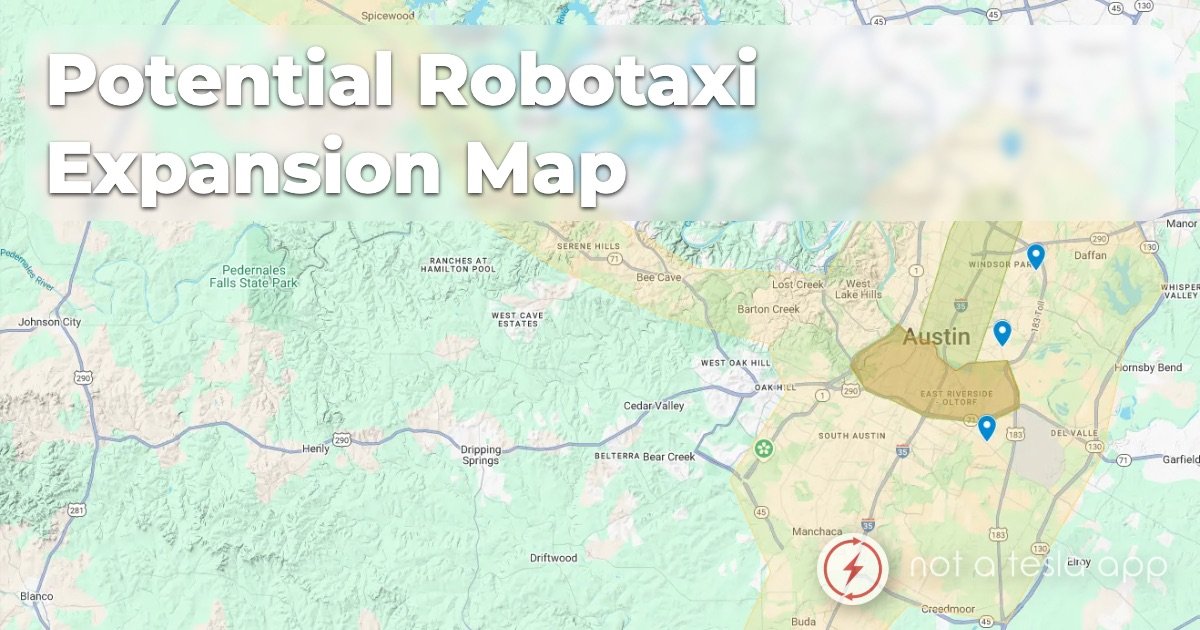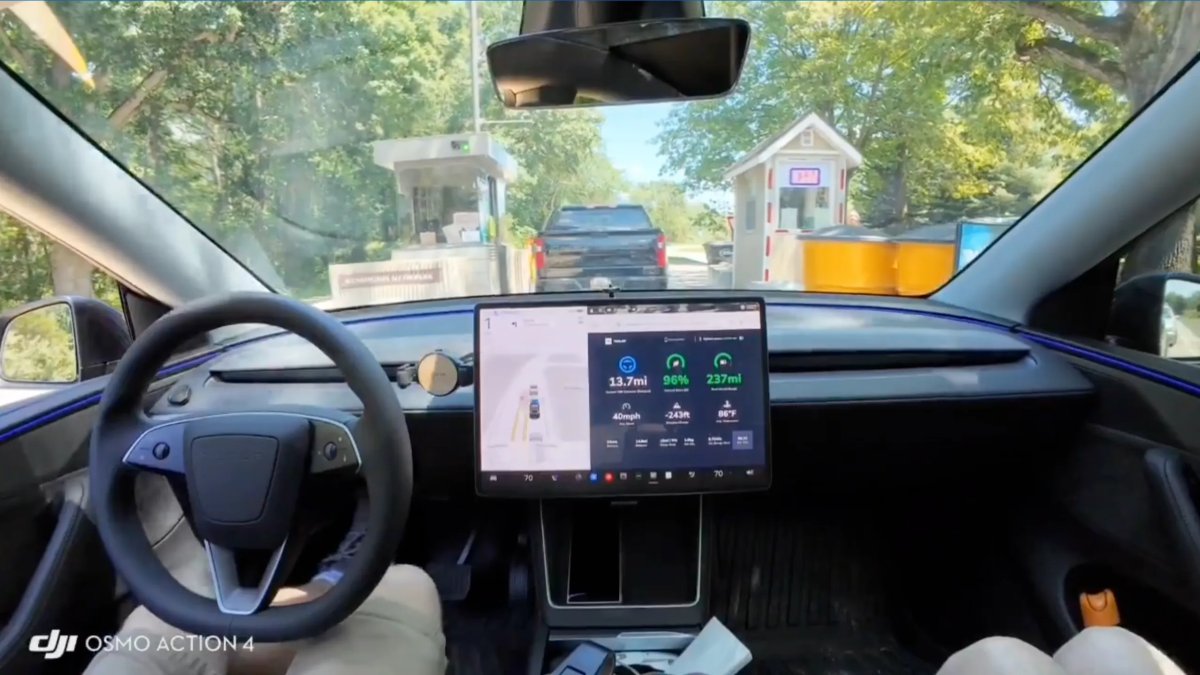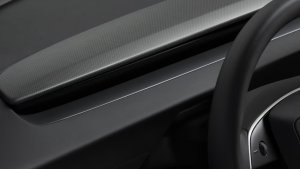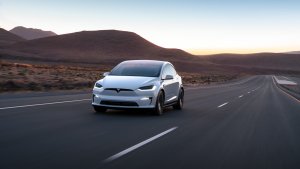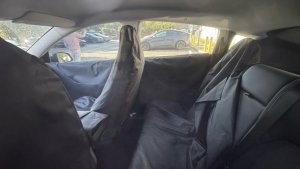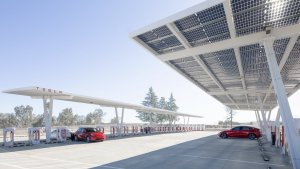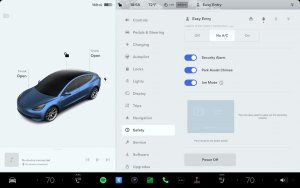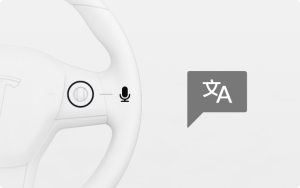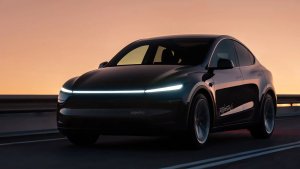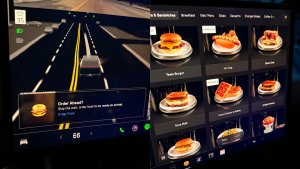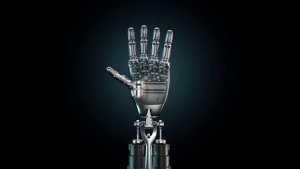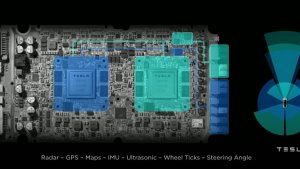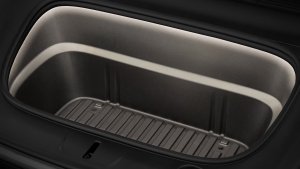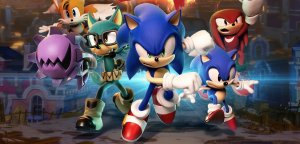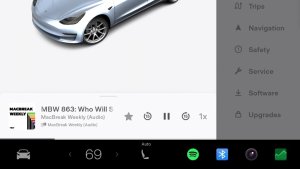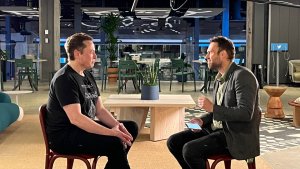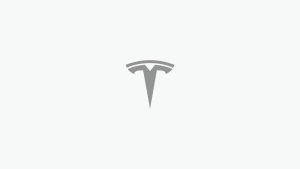Tesla Q3 Earnings Call: Info on Safety Score, Tesla Insurance and more
Tesla had it's Q3 earnings call and as usual there were some interesting tidbits to come out of this call outside of Tesla's financial information.
Manufacturing
Tesla's current goal is to manufacture over a million vehicles in a given year. Toward the end of Q3 they reached an annualized production rate that exceeded 1 million. If Tesla can continue the trend then they will be able to achieve their goal of a million vehicles produced in a year. This does not account for its Texas and Berlin Giga factories which will only help increase their manufacturing rates.

The goal is to get Tesla producing millions of vehicles per year with the addition of Texas and Berlin Giga factories and longer-term Tesla's goal is to produce 20 million vehicles yearly.
The new Model X has started production and is ramping up.
4680 Cell Batteries
The future for Tesla is its 4680 structural battery packs. Tesla said that they're testing the batteries and aim to have testing completed this year, although there could be some unknowns. Tesla expects to have the first vehicles with 4680 batteries early next year.
This is great news for Tesla as the 4680 cells offer improved battery density and other efficiencies while also reducing the weight of the vehicle. Having 4680 cells available early next year is a pleasant surprise as most were not expecting Tesla to be as far along as they are regarding these batteries.
$25k Tesla
Tesla is not looking to add any new vehicles to their production lines right now. There is a large Tesla backlog that is continuing to grow so the focus right now is on manufacturing current vehicles and meeting demand. The next vehicles produced will be the Cybertruck, new Roadster and the Tesla Semi.
Best Selling Vehicles
Tesla announced that the Model 3 is currently the best selling premium sedan worldwide. The Model Y is poised to be the best selling vehicle in the world.
Texas and Berlin Giga Factories
Tesla's new factories are nearing completion. They are close to starting production of vehicles.
Although the first produced vehicles for these factories will be this year, we should not expect any deliveries from these new factories until 2022.
The hardest work is ahead and ramping these factories up to 5k and then 10k vehicles. They will start off by producing current vehicles and Texas Gigafactory will then add on the Cybertruck.
Both Texas and Giga factories were built to have room to expand.
Safety Score and Tesla Insurance
The Safety Score started off as a way to produce insurance in California. Tesla has found that providing their own insurance based on actual driver metrics is a great way to lower the overall cost of a Tesla.
Tesla introduced Tesla Insurance into Texas and is seeing good growth there. Their goal is to offer Tesla Insurance in every market that Tesla sells in. It'll be a slow process since each state needs to be approved individually.
The Safety Score has been working really well and it's something Tesla wants to continue developing and improving.
There are 150,000 cars that are using Safety Score right now for the FSD Beta. They have racked up 100 million miles of driving already in the last month.
Tesla is also noticing huge decreases in the probability of an accident. A customer who uses the Safety Score has a 30% lower chance of being involved in an accident.
Super Chargers
Tesla continues to view Superchargers as a necessity and will continue to rapidly expand them. The Supercharging network has doubled in the last 18 months and Tesla plans to triple it over the next couple of years.
Sometimes stations can become clogged but Tesla is actively working on improving congestions beyond just increasing the amount of chargers available.
Tesla vehicles are becoming smarter when choosing where and when to charge. When your car chooses to stop at a Supercharger in order for you to get to your destination, it will now take into account the real time usage of nearby Superchargers so that it can navigate you to one with lower usage.
Tesla has also been rolling out updates to reduce the amount of time each car needs to spend at a Supercharger. This includes warming up the batteries when you're on-route to a Supercharger which will let you charge faster than if your battery was colder.
The car is also better at determining exactly how much you need to charge before you can reach your destination which reduces customer wait time and congestion of the Supercharger as well.
Tesla continues to roll out more v3, 250Kw chargers. These chargers when coupled with some of Tesla's newest batteries allow much faster charging, allowing cars to spend last time at Superchargers.
FSD Subscription
Tesla says that it's still early to tell how well their FSD subscription is doing but they have not noticed a decrease in the buy rate for the FSD package as that remains a better value.
However they have noticed that more owners are willing to try out FSD by buying a subscription, which introduces them to what is available with FSD.
As Tesla's FSD matures and the FSD beta comes more widely available, Tesla expects additional revenue to come from the FSD subscription.
Ability to Transfer FSD to Another Vehicle
Tesla does not plan to offer this, but what they did say is that if you trade your car to Tesla they will give you more for a car that has FSD when compared to one that doesn't. That value can then be applied to a new Tesla.
Tesla is viewing this as a sort of transfer of FSD since you won't lose everything you paid for and could use that additional value to be applied to the next vehicle's FSD package.
Cybertruck
The Cybertruck is on track to launch late next year. There are various alpha trucks being tested now with various features. Tesla mentioned that the alphas have been spotted on social media. The Cybertruck we saw recently with side mirrors and slight modifications appears to be one of these alphas.
Tesla confirmed again that the Cybertruck will have rear steering. Tesla is testing these various alphas to mature the design of the truck. There are a number of smaller or less visible improvements that have been made to the truck.
Why Service is Slow
Tesla is aware that service has been bogged down and slower than normal. They attribute this to the sudden return to normalcy, where demand for service has increased due to many customers holding off on services during the pandemic. Parts are sometimes slower to get as well due to the global shortage.
Tesla expects both of these issues to clear up over time.
They reiterated that the best service is no service. Tesla continues to increase build quality and provide pre-emptive warnings for service so that customers have a sudden need for service. For example, the car will let you know if your 12-volt battery is providing lower voltages than expected so that you can have it looked at before it becomes critical.











